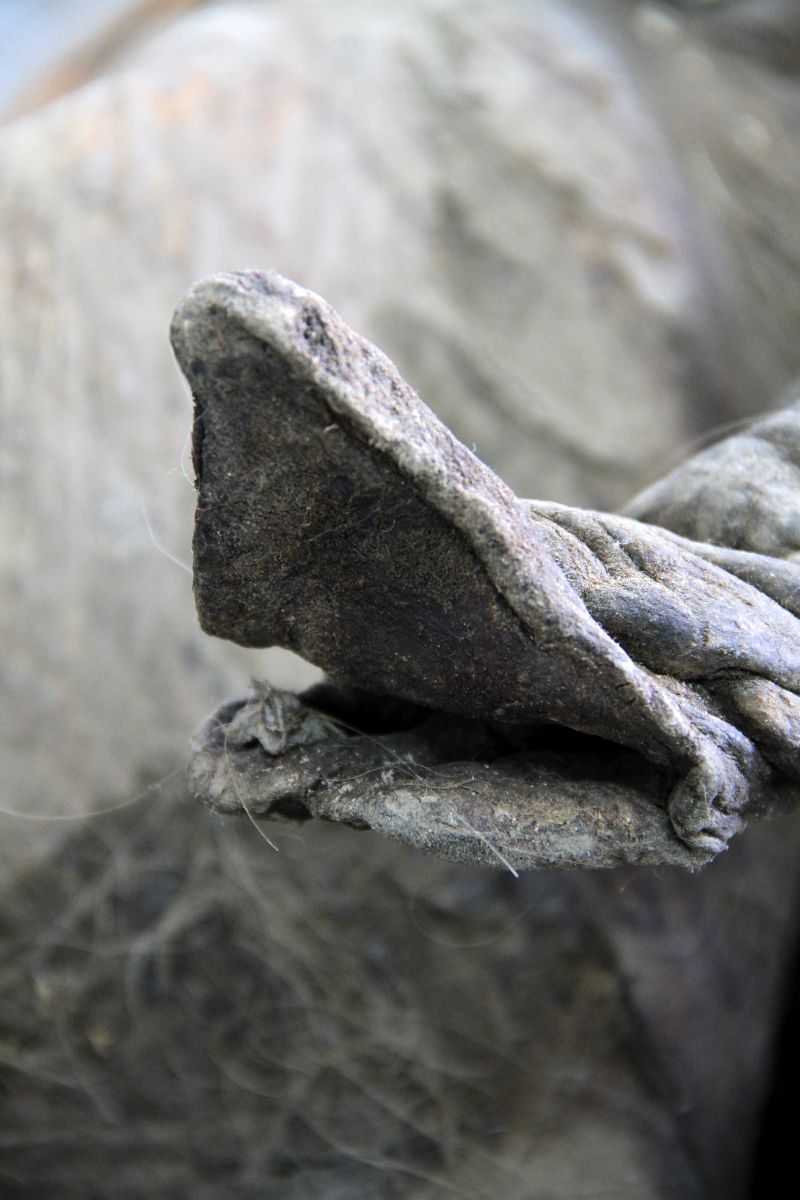Woolly mammoth chromosomes reconstructed using fossilized sample
An international team of scientists assembled the woolly mammoth's genetic code using fossilized chromosomes from a 52,000-year-old carcass discovered in Siberian permafrost. The mammoth became freeze-dried on death, preserving the 3D structure of ancient chromosomes — thread-like structures containing DNA — in the skin down to the nanometer scale and providing far more information than had been found in previously studied fossils.
The U.S. National Science Foundation supported the breakthrough through two interdisciplinary research centers: the NSF Behavioral Plasticity Research Institute at Baylor College of Medicine and the NSF Physics Frontiers Center for Theoretical Biological Physics at Rice University. The findings are published in the journal Cell.
"By expanding on methods traditionally used in theoretical physics, this team has opened up new avenues for studying ancient life," says Michael Cavagnero, program director for the NSF Physics Frontiers Centers. "This could help us understand how the functions of living things evolve over time, not just for woolly mammoths, but across the tree of life."
The scientists discovered that dehydrated chromatin, a mixture of DNA and proteins that form the chromosomes found in cells, was preserved in a special state resembling the molecules in glass. The resulting "chromoglass" is a new type of fossil that preserved the ancient DNA fragments by halting the movement of the DNA.
"Fossil chromosomes are a game changer," says Olga Dudchenko, co-first author of the study. "Knowing the shape of an organism's chromosomes allows us to assemble the entire DNA sequence of extinct creatures, enabling insights that were previously impossible."
The researchers used computer modeling to reconstruct the full 3D chromosome structures from the fossilized data. Using this information, the team determined that the woolly mammoth had 28 pairs of chromosomes and could also see which genes were active. Modern elephants, the woolly mammoth's closest living relative, also have 28 chromosome pairs. For the first time, researchers could see the key genes that regulate hair follicle development were in active positions, which may explain why mammoths were woolly and modern elephants are not.
"In addition to helping us look back in time, understanding how genomes drive visible characteristics in different environments — like having hair or not — can be critical to advancing conservation efforts, developing biotechnologies and more," said Jodie Jawor, NSF program director for the Behavioral Plasticity Research Institute.



